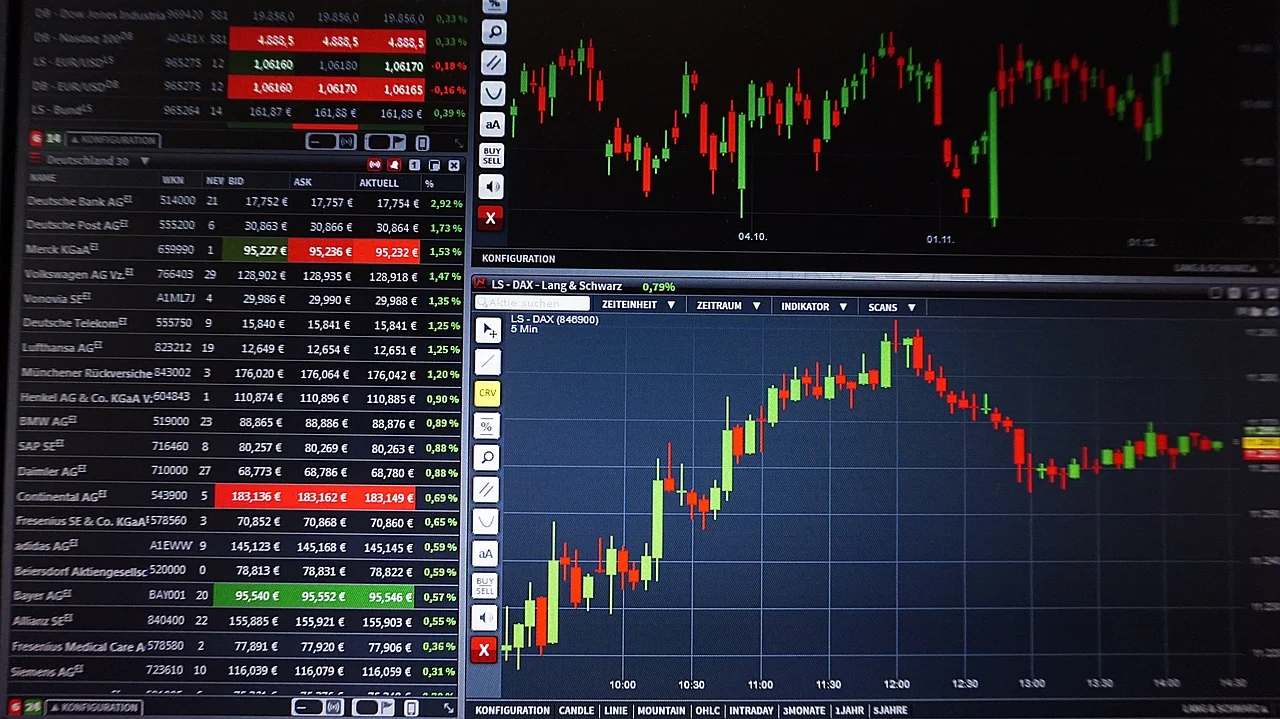
Welcome, dear reader, to an exploration of the impact of the Federal Reserve’s rate-cut outlook on the realm of forex volatility. In this article, we will uncover the intricate dynamics that govern this relationship, shedding light on the factors that affect foreign exchange markets. Prepare yourself for a deep dive into this fascinating world!
Key Takeaways:
The Impact of Federal Reserve Rate-Cut Outlook
The Federal Reserve, also known as the Fed, plays a crucial role in the stability and growth of the United States economy. With its monetary policy decisions, the Fed influences interest rates, thereby affecting borrowing costs and economic activity. One of the key determinants of these decisions is the rate-cut outlook.
When the Fed hints at a potential rate cut, it signifies a belief that the overall economy may require a stimulus to support growth. This anticipated interest rate reduction impacts domestic and global markets, including the foreign exchange market or forex market. Forex volatility can amplify as traders and investors adjust their strategies in response to changing conditions.
The Relationship Between Federal Reserve Actions and Forex Volatility
The intricate connection between Federal Reserve actions and forex volatility stems from the influence of interest rates on currency values. Interest rates affect investor sentiment, capital flows, and exchange rates, contributing to fluctuations in forex markets.
A rate cut by the Federal Reserve typically results in lowering interest rates, which can disincentivize foreign investors from investing in the United States. As a consequence, the demand for the country’s currency might decrease relative to other currencies, leading to a depreciation in its value.
Conversely, prospects of a rate increase can lead to an appreciation of the currency. Higher interest rates attract foreign investors seeking better returns. This surge in demand positively impacts the currency’s value in the forex market.
Hence, the expectation, realization, or mere indication of a potential rate cut by the Federal Reserve has the power to unravel forex volatility. Traders and investors keenly analyze Fed communications and economic indicators to anticipate potential shifts in currency valuations and adjust their trading strategies accordingly.
Economic Indicators and Geopolitical Events as Drivers of Forex Volatility
While the Federal Reserve’s rate-cut outlook holds significant sway over forex volatility, several other factors shape the intricate web of currency fluctuations.
One such factor is a country’s economic indicators. These include, but are not limited to, employment data, gross domestic product (GDP) growth rates, inflation figures, and trade balances. Positive economic indicators often bolster a country’s currency value and reduce volatility in the forex market, while negative indicators can have the opposite effect.
Furthermore, geopolitical events contribute to forex volatility by impacting investor sentiment and market expectations. Elections, political crises, trade wars, and diplomatic tensions can generate uncertainty, causing currency values to fluctuate rapidly as participants reassess their positions.
The Role of Traders and Investors
Traders and investors keenly observe Federal Reserve decisions, economic indicators, and geopolitical events to inform their trading strategies. By analyzing these factors and their potential impact on currency valuations, market participants seek profitable opportunities in the dynamic forex market.
Indeed, successful forex trading requires a comprehensive understanding of the complex relationships between various economic, political, and central bank decisions. Expert traders incorporate fundamental analysis to identify perceived disparities between an asset’s intrinsic value and its market price. They employ technical analysis tools and theories to study price charts and patterns, predicting future market movements.
Moreover, risk management and disciplined trading practices are essential facets of success in forex trading. Establishing clear risk parameters, utilizing informative data, and implementing a sound trading strategy empower traders to navigate potential volatility.
Frequently Asked Questions
Conclusion
This article has taken you on a journey to unravel the impact of the Fed rate-cut outlook on forex volatility. We have explored the complex relationship between the Federal Reserve’s actions, interest rates, and currency valuations. Additionally, we have highlighted the influence of economic indicators and geopolitical events on forex markets. Traders and investors who understand these dynamics can navigate forex volatility with greater confidence and make informed trading decisions. By keeping a keen eye on the Federal Reserve’s rate-cut outlook and analyzing economic and geopolitical factors, one can unlock the potential for success in the dynamic world of forex trading.
Source: insightfullgo.com

